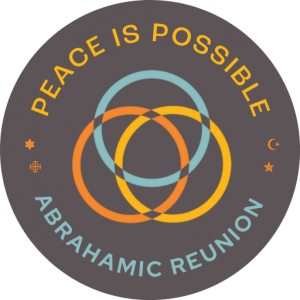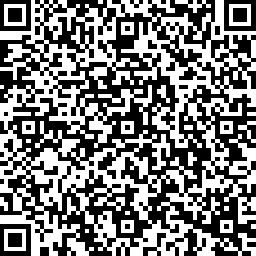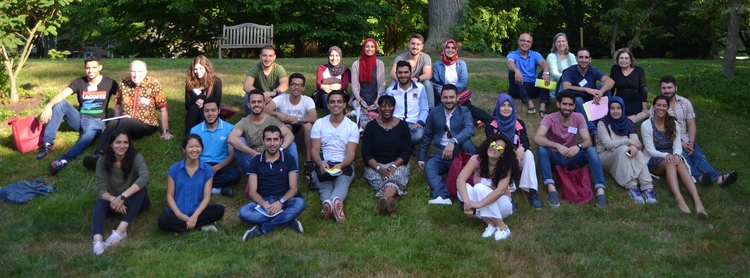
On August 3rd and 4th, Anna and I were invited by Sheikh Ghassan Manasra, International Co-Coordinator of the Abrahamic Reunion, to visit the Dialogue Institute (DI) of Temple University in Philadelphia to observe the last day of the program in Philadelphia. The formal title of the program Sheikh Ghassan was hired to mentor for the DI is The Study of the U.S. Institutes (SUSI) for Student Leaders on Religious Pluralism in the United States. He worked with 20 graduate and post-graduate students, five each from Egypt, Iraq, Lebanon, and Turkey, who were took part in the 5-week residential program. For the end of their program, each gave a short presentation on how the five weeks had changed them, what initiative they planned, and how they’d accomplish their idea when they returned to their home country.
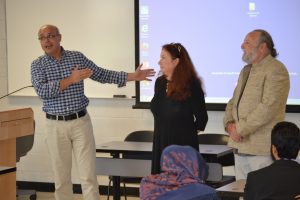 When I sat down with the group of students early in the morning, my initial thought was that the day would be very informative – it actually turned out to be quite profound with deep insights into the possibility of transformation of consciousness in young people. One of the first speakers, a young Muslim woman, said that when she came to the program, she really thought her belief system (Islam) and ideas were the best way to be close to God. After spending over a month in the company of Sunni and Shia Muslims, Christians, and Zoroastrians, she clearly stated that there are different and equal ways to come close to God.
When I sat down with the group of students early in the morning, my initial thought was that the day would be very informative – it actually turned out to be quite profound with deep insights into the possibility of transformation of consciousness in young people. One of the first speakers, a young Muslim woman, said that when she came to the program, she really thought her belief system (Islam) and ideas were the best way to be close to God. After spending over a month in the company of Sunni and Shia Muslims, Christians, and Zoroastrians, she clearly stated that there are different and equal ways to come close to God.
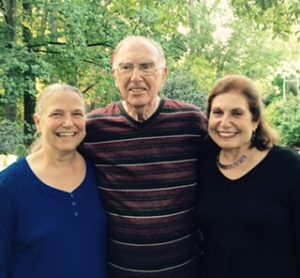
Rebecca Mays, Dialogue Institute Exec. Director (L) and Prof Leonard Swidler Phd, Dialogue Institute Founder (center)
What happened in that month with Sheikh Ghassan and the DI was that 20 young people from different backgrounds and cultures began to experience the joy and transformative power of true, empathetic human connection. When a young woman from Turkey said, “I don’t know if I’m a student anymore, because my university was shut down, and many of my friends and professors are in jail following the recent attempted coup in Turkey,” all of us present without exception felt the bewilderment and heartfelt concern that this young woman was experiencing. It was as if everybody’s breath stopped at the same moment and took in the pain she was feeling.
The students’ projects were quite varied, and the visions deep. There was a project to educate people in a personal way of the need to end the practice of female genital mutilation. There were a number of projects to have meetings and conferences extolling the virtues of interfaith harmony and education. There were projects to reverse some of the ecological disasters that came about as a result of war and conflict in their home countries. There was a project to supply surplus food to street children and couple it with basic education. This is just a sampling of the varied ideas and inspirations of these brave young people, that will be taken home and which they will seek to start.
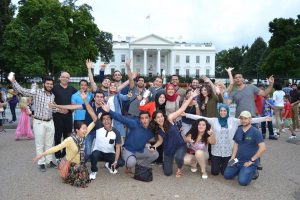
Dialogue Institute Students with Sheikh Ghassan at the White House
So what did Anna and I come away with at the end of a very long day? We experienced the renewed sense of hope that these young people were experiencing. They were not jousting with windmills, but instead creating concrete forms that could bring about true changes at the local and national levels. The challenges they will face are huge, but the power that they individually and collectively represent will be capable of overcoming those challenges.
“What stood out to me were the stories that these students told, and their leadership potential,” says Anna. “To think that these young visionaries really could be the leaders of their countries in the next 20 years gives me a profound sense of hope.”
For me this was not just an educational experience, but instead a very deep, powerful, spiritual experience.
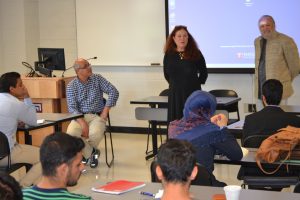
David and Anna Less tell the DI SUSI Students about the Abrahamic Reunion
At the invitation of Professor Leonard Swidler, founder of the Dialogue Institute and renowned interreligious dialogue scholar, and Rebecca Mays, ED of the Dialogue Institute, Anna and I were invited to share the work of the AR with the students, and how we have been successful in promoting the idea of using religion as a force for peace, rather than divisiveness. At the break, Anna and I were both swamped by questions and interest from the students.
Thanks to Prof. Swidler PhD and Rebecca Mays of the Dialogue Institute and Sheikh Manasra for inviting us to this program and to the Dialogue Institute for the photos.

